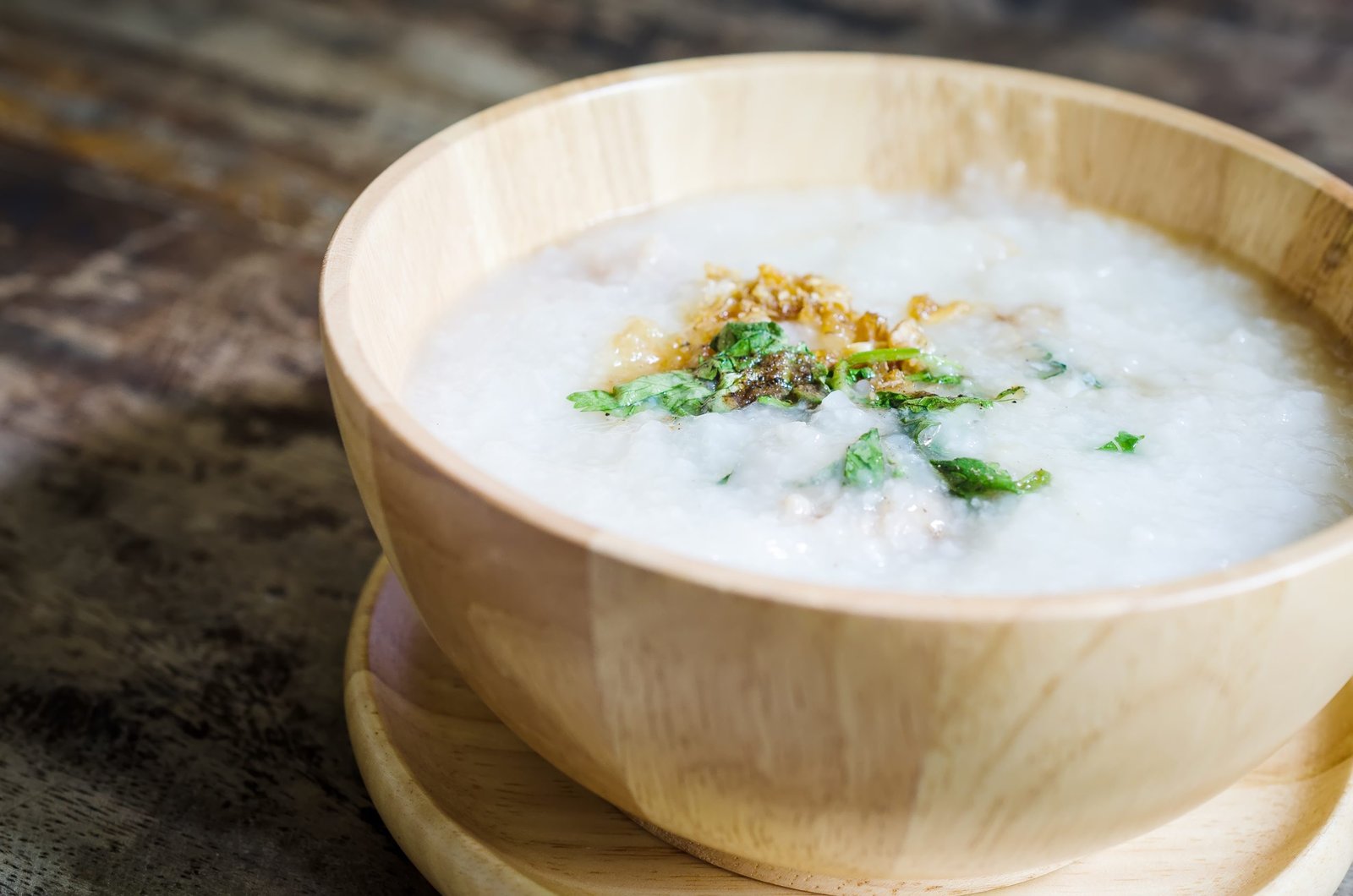
by jayjagger | Jul 11, 2023 | Nutrition, Supplements, Vitamin's & Minerals
Neues aus dem Land der Nootropica – hält der Löwenmähne Vitalpilz was er verspricht? Der Löwenmähne Vitalpilz ist der neuste Hype unter den sogenannten Nootropika: legale Substanzen, die sich positiv auf unser Gehirn auswirken. Die asiatische Löwenmähne, ein...

by jayjagger | Dec 8, 2021 | Breakfasts, dairy free, Gluten Free, Mains, Nourishing Recipes, Turmeric, Vegan
Anti-Inflammatory Breakfast This simple apple and banana porridge infused with turmeric provides a super healthy and anti-inflammatory breakfast to kick-start your day. Why Turmeric? TURMERIC is a POWERHOUSE, a plant with amazing healing and anti-inflammatory...

by jayjagger | Dec 6, 2021 | dairy free, Gluten Free, Mains, Nourishing Recipes, Vegan
Vegan Borscht This modern, vegan version of a traditional classic borscht is super flavourful, warming and brimming with anti-inflammatory properties. What is Borscht? Borscht! Borscht! Borscht! What’s not to like about this so very flavourful, earthy and deeply...

by jayjagger | Feb 10, 2021 | dairy free, Gluten Free, Mains, Nourishing Recipes, Turmeric, Vegan
This nourishing vegetable and lentil soup is the perfect winter-warmer: I usually make it at least once a week and it eat it for days (reheated tastes even better). This perfect winter-warmer is a winner for every dosha, simply follow the dosha adjustments below. This...

by jayjagger | Oct 21, 2020 | Breakfasts, Mains, Nourishing Recipes
What is Kola Kanda? This Sri Lankan Kola Kanda Bowl is a traditional Sri Lankan herbal porridge hailed for its nutritious and medicinal powers. Kola Kanda (from the leaf Gotu Kola ‘Kanda’), is a traditional Sri Lankan herbal porridge, hailed for its...






